As her adolescence gives way to the obligations of motherhood, troubled Gemma matures in Motherwell, her Scottish hometown, heavily dependent on the steel industry. Unfortunately for her, her hedonistic way of understanding the world does not fit in with the philosophy of the rest of the villagers, so trouble soon follows.
Related Movies

Dancing the Nutcracker: Inside the Royal Ballet (2016)
This Christmas, step into the magical world of The Nutcracker. For the first time in many years, the Royal Ballet has given full access behind the scenes for a landmark 90-minute documentary as they prepare for this season's yuletide production.
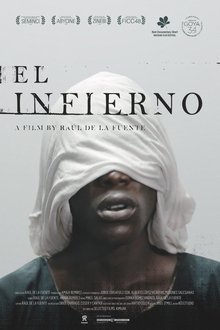
Hell (2019)
Chennu committed his first crime when he was 15 years old: being a street kid. And he entered hell: Pademba Road. The adult prison in Freetown. In hell, Mr. Sillah is in charge, and there is no hope. Chennu got out after four years. Now he wants to go back.
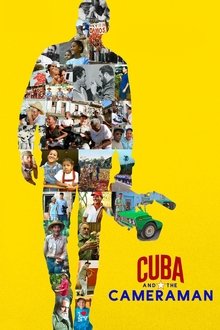
Cuba and the Cameraman (2017)
This revealing portrait of Cuba follows the lives of Fidel Castro and three Cuban families affected by his policies over the last four decades.
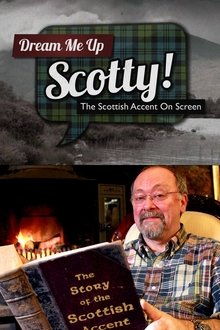
Dream Me Up Scotty! (2013)
Alex Norton discovers how showbusiness has handled the portrayal of the Scottish accent. For over 100 years audiences have struggled to understand our braw brogue: silent Harry Lauder films attempted an accent in the captions, and in Hollywood's golden era , everyone wanted to paint their tonsils tartan- but as examples from Katharine Hepburn, Orson Welles and Richard Chamberlain show, they couldnae. Then Disney made Brave and proved that it disnae have to be all bad!

Primal Scream: The Lost Memphis Tapes (2018)
The programme shows Primal Scream's Bobby Gillespie's fascination with music from an early age, listening to the sounds of Elvis and Aretha Franklin before graduating to punk. He talks about his passion for music and how to keep creativity on the right track. In the early 90s the UK music scene was changing - with Oasis and Blur emerging, this alternative rock band was recording in Memphis but suddenly sounded out of step with the music scene.
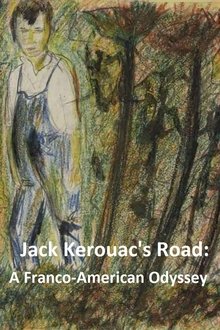
Jack Kerouac's Road: A Franco-American Odyssey (1987)
Part documentary, part drama, this film presents the life and work of Jack Kerouac, an American writer with Québec roots who became one of the most important spokesmen for his generation. Intercut with archival footage, photographs and interviews, this film takes apart the heroic myth and even returns to the childhood of the author whose life and work contributed greatly to the cultural, sexual and social revolution of the 1960s.
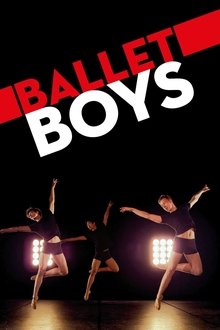
Ballet Boys (2014)
Ballet Boys takes you through disappointments, victories, forging of friendship, first loves, doubt, faith, growing apart from each other, finding your own way and own ambitions, all mixed with the beautiful expression of ballet.

Billy Connolly: Portrait of a Lifetime (2017)
Celebrating Billy Connolly's 75th birthday and 50 years in the business, three Scottish artists - John Byrne, Jack Vettriano and Rachel MacLean - each create a new portrait of the Big Yin. As he sits with each artist, Billy talks about his remarkable life and career which has taken him from musician and pioneering stand-up to Hollywood star and national treasure.
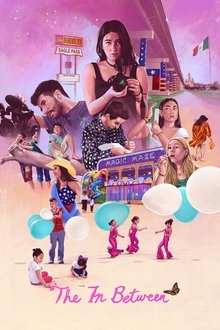
The In Between (2024)
Following the death of her brother, filmmaker Robie Flores returns to her hometown Eagle Pass on the Texas/Mexico border, wanting to turn back time. She collides with unruly experiences of adolescence – quinceañeras, Rio Grande river excursions, teen makeovers and beyond – that invite her to soak up the details of the home her brother adored and she ignored. What emerges is a playful dance between a personal and collective coming-of-age portrait of kids on the border and Robie herself as she rediscovers the possibilities of joy in the aftermath of grief.

Memories to Choke On, Drinks to Wash Them Down (2019)
This anthology film, whose Chinese title begins with a romantic name for human excrement, premiered internationally at Rotterdam and won Best Screenplay from the Hong Kong Film Critics Society. A variety of Hong Kong people wrestle with nostalgia when facing an uncertain future. Their stories give way to a documentary featuring a young barista turned political candidate.
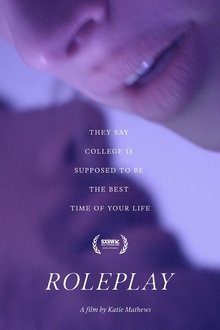
Roleplay (2024)
College students confront sexual violence on their campus through a transformative theater process. This urgent coming of age story follows young adults grappling with sex, consent, identity, and power on their paths to adulthood.
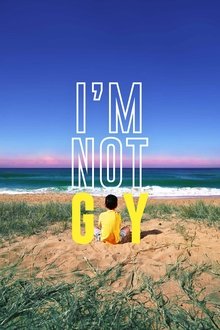
I'm Not Gay (2023)
A conflicted gay man struggles to teach his younger self about the challenges of adult life. Searching for answers inside stories from his past, he must confront his nature and the man he will become. Documentary meets musical feature in this experimental coming of age drama about power and masculinity in modern day Australia.
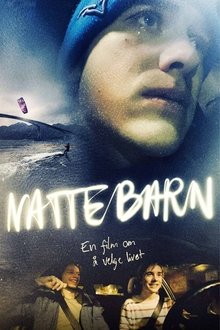
Young and Afraid (2021)
In 2017 Petter (24) decides to end his life, but at the very last moment, is stopped by the police. His best friend and fellow film student Sverre is determined to help and suggests making a film to keep Petter busy and focused on getting better. Equipped with a camera, they search the streets of Oslo to find out how other troubled souls deal with their lives. With a naive and spontaneous approach, they end up in dramatic and unpredictable situations. They meet Monica, whose past has led her to self-injurious behavior. Oliver and Cornelia, both escaping their demons with alcohol and drugs, and Emma, who is transsexual, lesbian, and proud of who she is. They also meet Miriam, who becomes Petter's girlfriend. By getting to know their destructive patterns, Petter becomes aware of his own. He sets off on a bumpy therapeutic journey, that eventually brings light into his darkness. Young and Afraid is an authentic and raw documentary about choosing to live.

Fish Story (2013)
J and Jacky are good friends who attend the same school. J is from a single-parent family, and will be taken care by Jacky’s family whenever his mother has to return to Mainland to renew her visa; such kind of story is not an isolated case. These families have been uprooted for a “better future” in Hong Kong, but is this “future” that the children really long to have? A Chinese saying: “How does one understand the joy of fish, if one is not a fish?” Will the adults really understand what the children want?
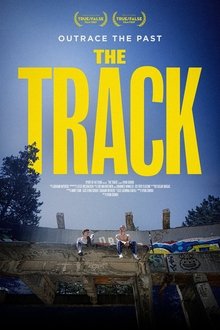
The Track (2025)
In Sarajevo, three teenage boys train with their coach on a luge track left over from the 1984 Winter Games, now bullet-riddled, covered in graffiti, and swarmed by tourists. Three decades after the war in Bosnia and Herzegovina, Mirza, Zlatan, and Hamza are the next generation of athletes in a country facing an uncertain future. The tensions of the past still loom large in these young Muslims’ lives, and their Olympic dreams are stunted by a lack of state support despite the efforts of their dedicated coach. Director Ryan Sidhoo takes a longitudinal approach in his directorial debut, intimately capturing the boys’ journey as they reckon with growing up under the shadow of the past. A deeply affecting coming-of-age underdog story, The Track is an ode to the power of hope, friendship, and chasing your dreams against all odds.
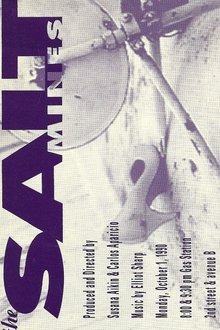
The Salt Mines (1990)
Explores the lives of Sara, Gigi and Giovanna, three Latino transvestites who for years have lived on the streets of Manhattan supporting their drug addictions through prostitution. They made their temporary home inside broken garbage trucks that the Sanitation Department keeps next to the salt deposits used in the winter to melt the snow. The three friends share the place known as "The Salt Mines".
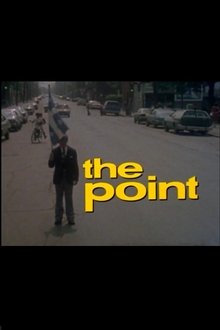
The Point (1978)
This documentary is a portrait of Point St. Charles, one of Montreal’s notoriously bleak neighbourhoods. Many of the residents are English-speaking and of Irish origin; many of them are also on welfare. Considered to be one of the toughest districts in all of Canada, Point St. Charles is poor in terms of community facilities, but still full of rich contrasts and high spirits – that is, most of the time.

Diana: In Her Own Words (2017)
Using home videos recorded by her voice coach, Diana takes us through the story of her life.
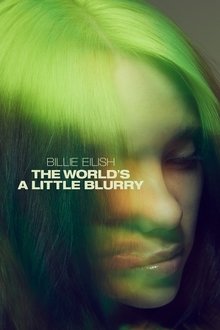
Billie Eilish: The World's a Little Blurry (2021)
This documentary offers a deeply intimate look at extraordinary teenager Billie Eilish. Award-winning filmmaker R.J. Cutler follows her journey on the road, onstage, and at home with her family as the writing and recording of her debut album changes her life.
